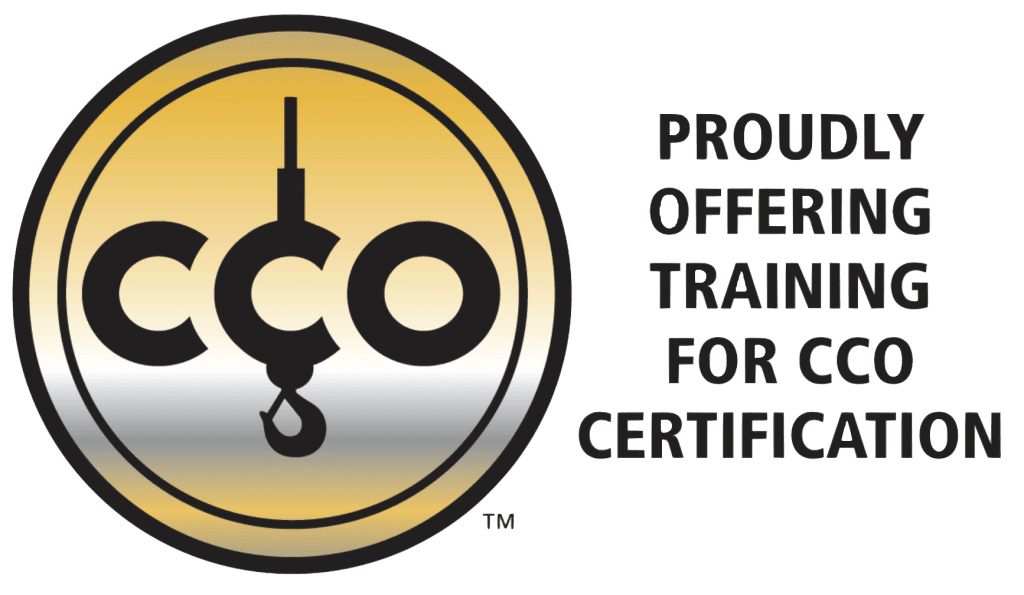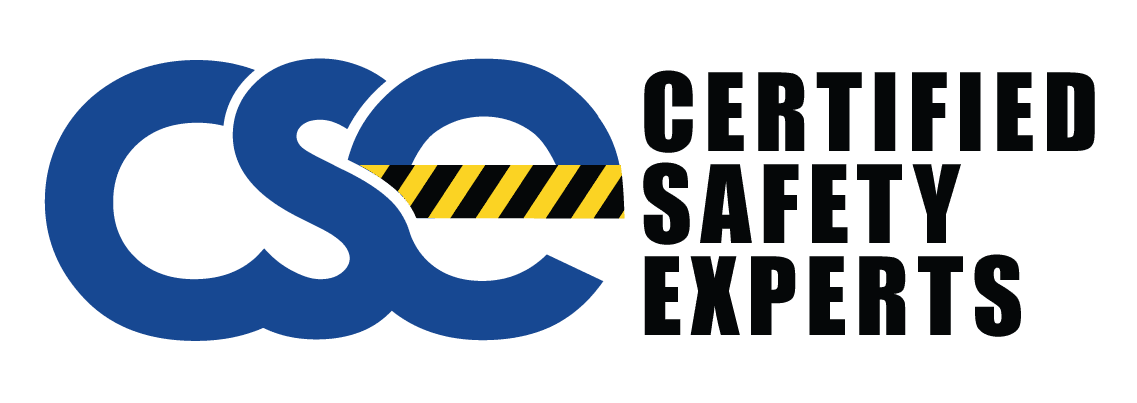Are you sure your overhead cranes are running smoothly and safely? In busy industrial settings, these cranes are key to making things run better and faster. But, it’s crucial to check them often. Regular industrial crane inspection is a must. It keeps your workers safe and your cranes working well for a long time.
Regular overhead crane inspection services spot problems early, avoiding big costs and risks. This piece will cover crane safety rules, the laws that apply, and how to keep your cranes in top shape. Keep reading to learn how to protect your operations and team.
Key Takeaways
- The critical role of overhead cranes in industrial settings
- Importance of regular overhead crane inspection
- Legal requirements for crane safety compliance
- Systematic approach to comprehensive inspections
- The necessity of professional inspection services
Understanding the Importance of Overhead Crane Inspection
Keeping overhead cranes safe is key in any industrial setting. Regular checks are vital to make sure cranes work well. This helps avoid sudden breakdowns and accidents. It also means finding problems early, making the workplace safer and more efficient.
Why Regular Inspections are Essential
Scheduled inspections are crucial for safety and to protect lives and property. They make cranes more reliable by catching wear and tear early. This approach cuts down on downtime by fixing small issues before they get worse.
Regular checks also make sure cranes meet industry standards. This boosts overall crane safety.
Potential Risks of Neglecting Inspections
Ignoring crane inspections can lead to big safety risks. Without upkeep, cranes might break down, causing expensive repairs and risky work conditions. It’s hard to prevent safety issues if problems like structural flaws or faulty controls aren’t caught early.
Not inspecting often can lead to major accidents. These accidents put workers in danger and harm a company’s reputation and finances.
In short, a strict inspection schedule is vital for crane safety and upkeep. Regular checks prevent safety issues and keep operations smooth and in line with the law.
Crane Inspection Requirements and Regulations
It’s key to know and follow crane inspection rules to keep the workplace safe and in line with laws. Both federal and specific industry rules set the standards for safe crane use and worker safety.
OSHA Guidelines for Overhead Cranes
The Occupational Safety and Health Administration (OSHA) sets strict rules for checking and using overhead cranes. These OSHA crane regulations require daily, monthly, and yearly certified checks. Not following these rules can lead to big fines and more accident risks. So, it’s vital to stick to these guidelines carefully.
Industry-Specific Compliance Standards
Some industries have their own compliance standards for crane checks that are more detailed than federal rules. For instance, the manufacturing sector might need more crane checks because cranes are used a lot. Companies must meet the basic crane inspection requirements and know about any extra rules for their industry. This makes sure everything is safe and works well.
Comprehensive Crane Inspection Checklist
Having a good crane inspection checklist is key for keeping overhead cranes safe and working right. There are inspections for daily, monthly, and yearly needs. Each one checks different things to make sure the crane is in good shape.
Daily Inspection Requirements
Daily checks are important to spot safety issues right away. They should happen at the start of each shift. Here’s what to look at:
- Visual Examination: Look for any damage or wear on the crane and its parts.
- Functional Testing: Make sure controls and brakes work as they should.
- Safety Devices: Check that all safety devices like emergency stops and signals work.
- Fluid Levels: Make sure hydraulic and lubrication fluids are at the right levels.
Monthly Inspection Checklist
The monthly overhead crane inspection procedure is more thorough than daily checks. Here’s what to check:
- Wiring and Electrical Components: Check wiring insulation and connections for damage or wear.
- Mechanical Parts: Look at gears, shafts, and bearings for strange noises or movements.
- Load Chain and Hook: Check for any damage, cracks, or too much wear.
- Structural Integrity: Look for signs of stress, corrosion, or wear on the crane’s frame.
Annual Inspection Protocols
Annual inspections are done by experts and look at the crane’s long-term condition. They are more detailed. Here’s what to do:
- Comprehensive Structural Evaluation: Check beams, joints, and other important parts closely.
- Control System Analysis: Inspect the control system’s hardware and software well.
- Load Testing: Test the crane with a load to make sure it works right at its capacity.
- Documentation and Records: Look over maintenance records, logs, and past inspection reports for any ongoing issues.
Following this crane inspection checklist helps your crane last longer and stay safe. Regular checks with these inspection protocols keep you in line with industry standards and make the workplace safer.
Choosing the Right Crane Inspection Companies
Picking a trustworthy crane inspection company is key for your crane’s safety and performance. It’s crucial to check out different companies carefully. This ensures they offer the best service possible.
Qualities to Look For
When picking inspection experts, focus on important qualities. Seek out crane inspection companies with the right certifications and lots of experience. Make sure they can clearly communicate and quickly respond to any issues during the inspection.
Certifications and Qualifications
Certifications are very important. Experts should have credentials from places like OSHA. These show they know their stuff and care about safety. Choosing companies with these qualifications means your operations will be safer and more reliable.
Professional Crane Inspection Services
Professional crane inspection services are key to keeping overhead cranes safe and running well. By using professional inspectors, companies make sure their cranes follow the latest rules and best practices.
Experts in overhead crane inspection services bring many benefits. They check the crane’s condition and how it works, spotting and fixing problems early. This careful check-up prevents accidents and keeps the crane running smoothly.
A thorough crane safety evaluation by professional inspectors looks at the crane’s structure, parts, and how it moves. They find current problems and can guess and stop future ones. This means companies can plan for upkeep and fixes based on expert advice.
Also, overhead crane inspection services make things run better. Regular checks mean less time stopped for repairs and longer crane life. This smart maintenance helps keep production going and saves money over time.
Choosing professional crane inspection services is a smart move for any company using overhead cranes. With detailed checks and following safety rules, professional inspectors protect workers and equipment. This leads to safe and efficient daily operations.
Key Practices for Overhead Crane Safety
Keeping overhead cranes safe is more than just checking them often. It’s about having a plan for regular upkeep and training crane operators well. This is key to using cranes safely in any field.
Regular Maintenance Tips
It’s vital to keep cranes in good shape to avoid breakdowns and make them last longer. Here are some tips for maintaining your crane:
- Do daily checks to spot any damage or wear.
- Keep moving parts well-lubricated for smooth running and less wear.
- Inspect electrical parts every month to catch problems early.
- Have a pro check your crane every year to follow safety rules.
Safety Training for Operators
Training crane operators is a big part of crane safety. Good training makes sure they know how to run the crane safely and what to do in emergencies. Important parts of training include:
- Hands-on sessions on how to use controls and handle the crane right.
- Simulated emergencies to get operators ready for real situations.
- Regular updates to keep operators informed about the latest safety rules.
- Training that meets industry standards and laws.
Conclusion
Regular checks of overhead cranes are key for keeping workers safe and following strict safety rules. These inspections help spot and fix dangers early, keeping cranes safe to use and avoiding big repair costs.
Employers and managers should make these inspections a top priority. By using expert crane check services, they keep their gear in top shape. This creates a safer and more efficient workplace. Regular checks also make cranes last longer, saving money over time.
It’s time to act now. Make sure your overhead cranes are safe and work well by getting a professional check. Call (919) 326-3742 to set up an inspection. Doing this protects your workers, meets safety laws, and keeps your business running smoothly.




